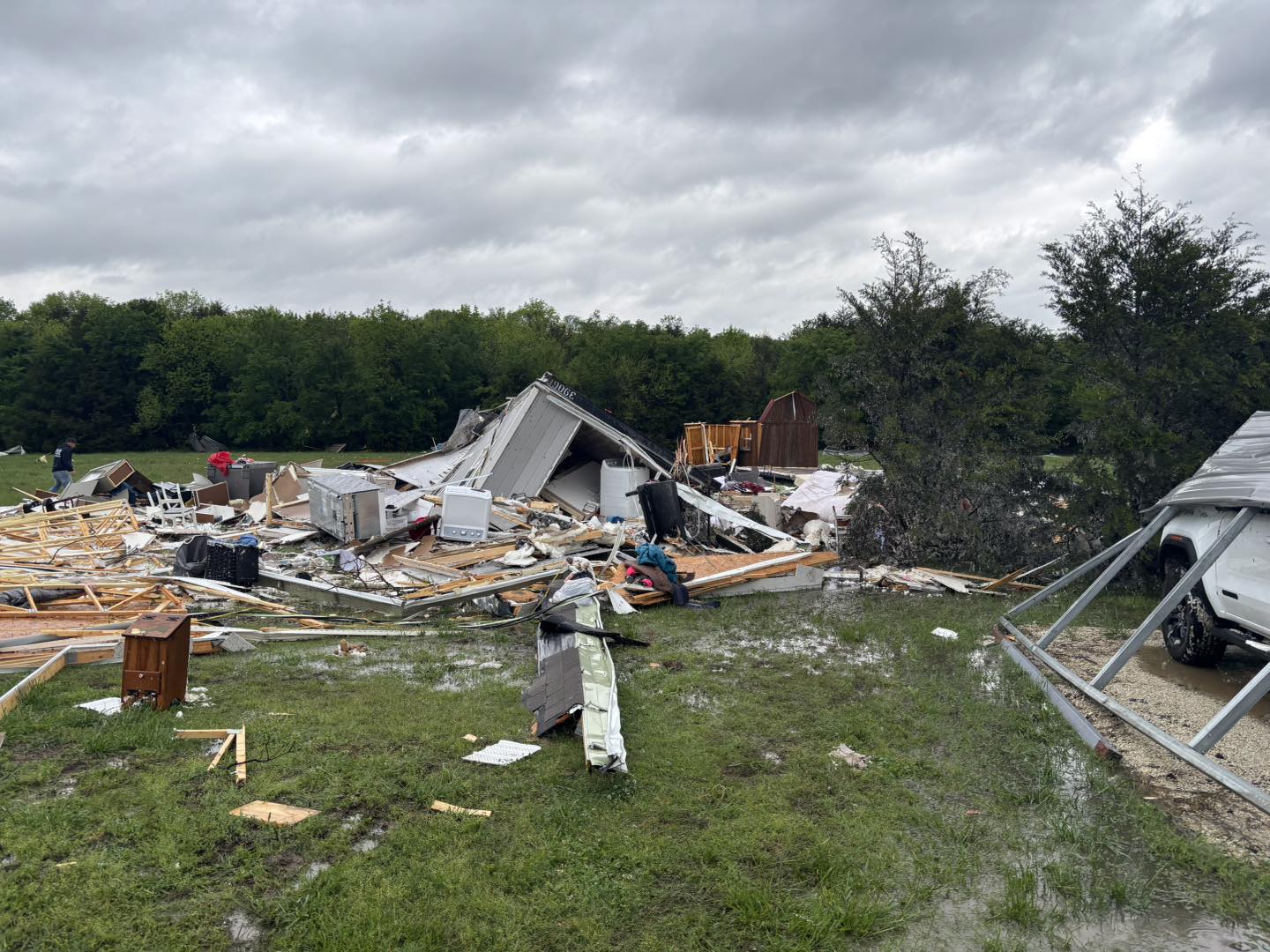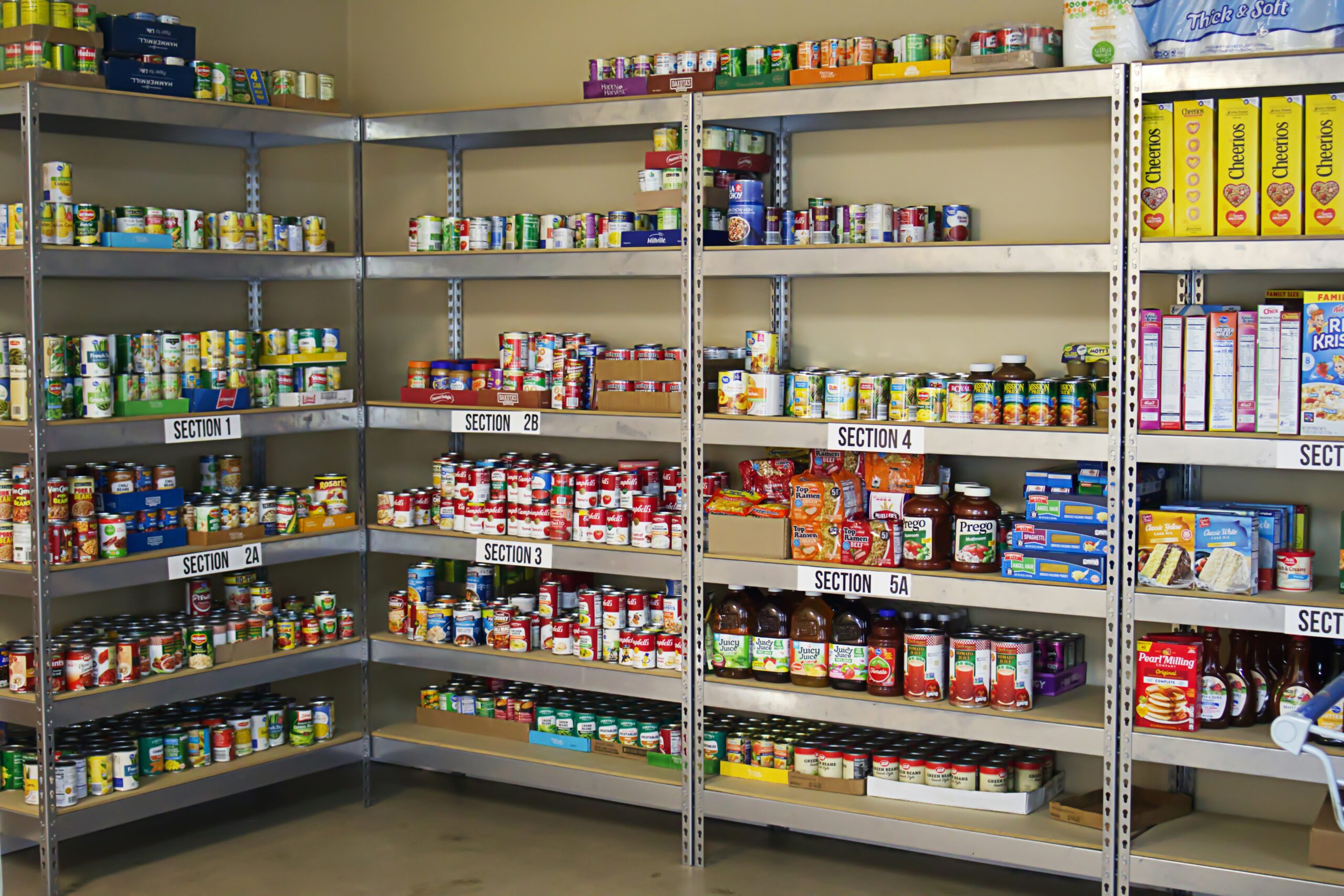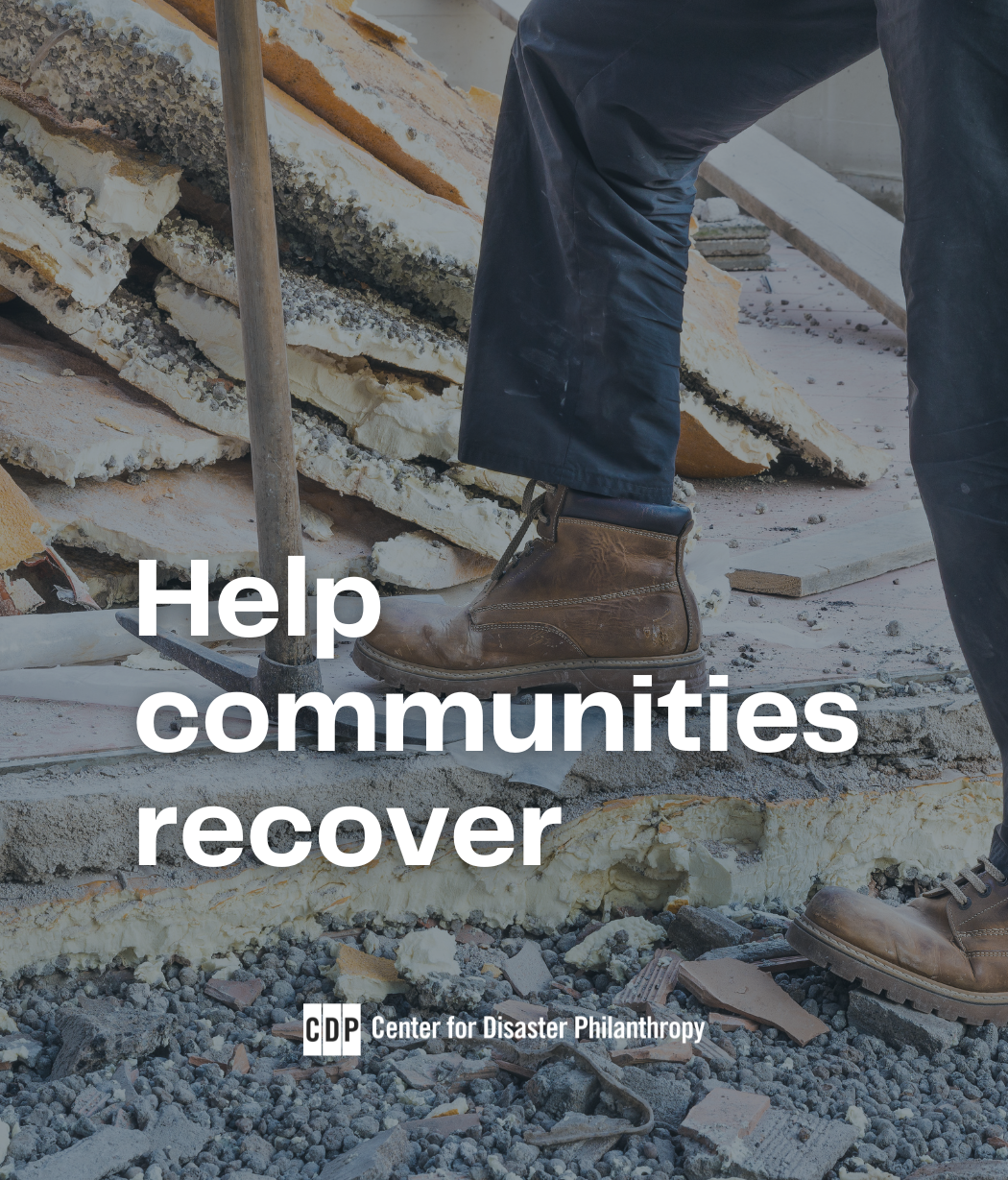What we’re watching: Weekly disaster update, April 21

We know all too well that disaster can strike anytime, anywhere in the world. Some disasters make headlines; others do not. Here at the Center for Disaster Philanthropy (CDP), we monitor the status of disasters worldwide and compile a list of the ones we’re tracking weekly, along with relevant disaster-related media coverage.
Here’s what we’re watching for the week of April 21, 2025.
New or Emerging Disasters
Sandstorm – Iraq: A severe sandstorm blew across Iraq on April 14-15, sending thousands of people to hospitals for respiratory problems. The sandstorm reduced visibility to half a mile, grounded flights, cut electricity and forced people to stay home.
The dust came through even the smallest cracks inside buildings, covering all surfaces. Sandstorms are a natural feature of Iraq and other parts of the Middle East during the early spring, but they are becoming more frequent and severe due to longer periods of drought and desertification of land.
Spring storm – Italy, France: Four people died in a storm that brought 3.5 feet of snow overnight to the Alps and severe flooding to lower altitudes in France, Switzerland and Northern Italy.
At least 6,400 customers were without power due to strong winds, and people were evacuated in the Piedmont region of Italy. In Switzerland, 36,000 people were told to stay home, as many drivers became stranded on highways and tunnels by the sudden storm.
Severe storms – Oklahoma: On April 19, severe storms erupted across Oklahoma, bringing hail, strong winds, flooding and several tornadoes, killing three people, with two people still missing. The storms stranded vehicles, destroyed two homes and damaged many structures.
Cyclone Tam – Australia, New Zealand: Dissipating Cyclone Tam caused gigantic, 24-foot waves to crash ashore on the east coast of Australia on Easter weekend, killing six people.
The storm formed on April 16, cutting power to 24,000 customers in New Zealand, damaging buildings and causing a landslide.
Previous or Ongoing Disasters
Floods – Democratic Republic of Congo (DRC): Nearly 10,000 people have been displaced in Tanganyika Province, DRC, due to flooding from torrential rains.
According to UNHCR, “… extreme weather shocks such as flooding compound the suffering caused by ongoing conflict and mass displacement.”
Homes, schools and agricultural lands have been destroyed in the floods, leaving thousands without shelter or work and worsening an already dire hunger crisis. The presence of contaminated floodwater has raised concerns over disease outbreaks.
At least 33 people were killed in the floods. Now, 2.3 million people in four provinces face life-threatening hunger in the coming months.
Complex Humanitarian Emergencies – Afghanistan
When a country experiences political conflict, climate shocks, famine, economic challenges or other conditions, it may suffer a complex humanitarian emergency (CHE). CDP maintains complete profiles on several CHEs. Every week, we highlight these and other CHEs hoping to build awareness and philanthropic response.
Recently, Dr. Tajudeen Oyewale, UNICEF Representative in Afghanistan, posted on X:
“This year, 3.5M children under 5 yrs are malnourished with 1.5M at risk of severe malnutrition/wasting in Afghanistan. @UNICEFAfg faces a critical shortage of lifesaving therapeutic food (RUTF) due to global funding cuts.”
The hunger crisis in Afghanistan threatens to get worse.
Key facts:
- Currently, 14.8 million people in Afghanistan face crisis or emergency levels of food insecurity (IPC Levels 3 and 4) and require immediate humanitarian food assistance.
- Afghanistan currently faces the worst child malnutrition crisis in its history.
- One million pregnant and breastfeeding women suffer from acute malnutrition.
- The World Food Programme can only support children under the age of two due to funding cuts.
- The number of districts suffering from IPC level 4 hunger tripled from 19 in 2024 to 56 in 2025.
The humanitarian response in Afghanistan requires $2.42 billion to assist 16.8 million people, about 75% of those in need. One-third of the way through 2025, only 13% of the funding goal has been met.
 Food bank pantry shelves. Photo by Jacob McGowin on Unsplash
Food bank pantry shelves. Photo by Jacob McGowin on Unsplash What We’re Reading
- Two key ingredients cause extreme storms with destructive flooding – why these downpours are happening more often – The Conversation
- What if we stopped aid altogether? – The New Humanitarian
- Climate change destroyed an Alaska village – its residents are starting over in a new town – The Associated Press
A moment of hope… On April 14, a two-year-old named Boden Allen wandered off his parent’s property in Seligman, Arizona and was lost in the desert for 16 hours. The toddler walked 7 miles in mountain lion country, sleeping under a tree at night before a Pyrenees dog named Buford found him.
The boy followed Buford to the ranch where he lives, where his owner, Ranger Scotty Dutton, contacted authorities to reunite Boden with his family. Thanks to Buford, this story has a happy ending. The dog enjoyed a steak dinner for his heroic efforts.

